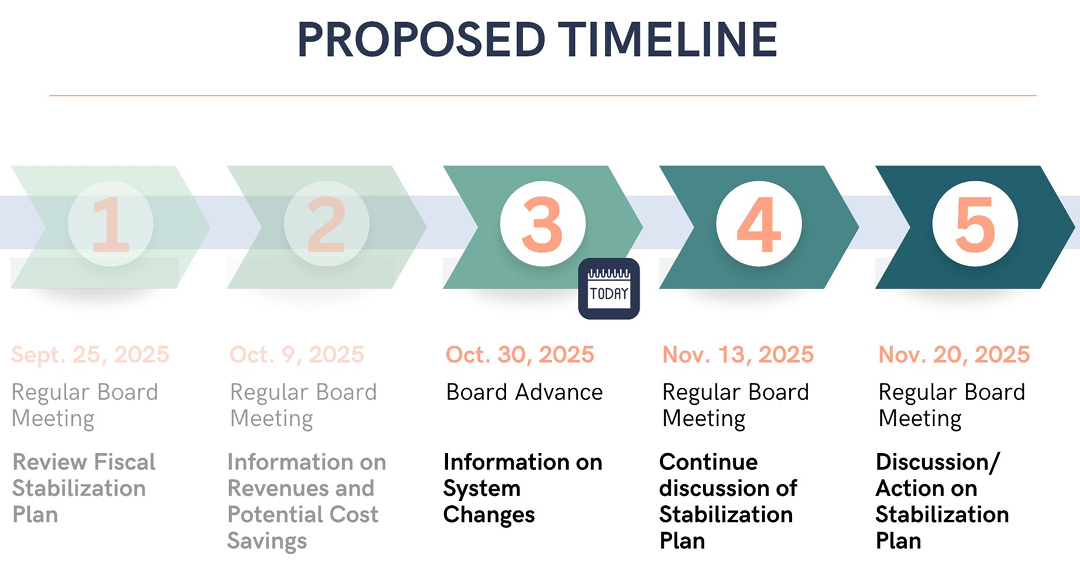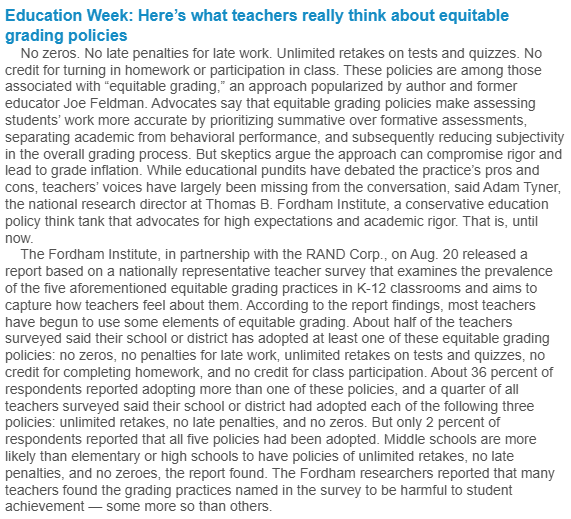On December 22, 2025, a federal district court issued a significant ruling in the case of Mirabelli v. Olson. The judge granted a class-wide permanent injunction against the State of California, fundamentally altering how schools handle student information regarding gender identity and medical privacy.
The Court's Key Findings
The ruling centers on the tension between state privacy mandates and federal constitutional protections. The court reached three primary conclusions:
- Parental Rights: Under the 14th Amendment, parents have a "fundamental right" to be informed of significant issues affecting their child's health and well-being.
- Teacher Rights: Forcing school staff to withhold information or provide misleading answers to parents violates the teachers' First Amendment rights to free speech and religious exercise.
- Supremacy of Federal Law: The court mandated that school training materials must now explicitly state that federal constitutional rights to parental notification are superior to any conflicting state or local laws.
The Core Conflict: Autonomy vs. Guardianship
This ruling highlights a deep legal and ethical divide:
-
The State's Position: California emphasizes that minors are individuals with an independent right to privacy. The state argues that confidentiality is necessary to protect students who may face a hostile environment at home.
-
The Federal Court's Position: The court asserts that because minors are not yet fully mature, they require the guidance of their parents. Therefore, a parent's right to oversee their child's upbringing outweighs the school's interest in maintaining secrecy.
Beyond Gender Identity: Implications for Reproductive Health
While Mirabelli v. Olson specifically addressed "social transitions" (name and pronoun changes), the legal logic may extend to other confidential services. Currently, California Education Code § 46010.1 allows schools to excuse students for "confidential medical services" -- including abortion and reproductive care -- without parental consent or notification.
The following table illustrates the current legal landscape following the injunction:
| Topic | Pre-Mirabelli Status | Post-Mirabelli (Current) |
|---|---|---|
| Gender Identity | Schools were required to keep transitions confidential from parents. | Schools are forbidden from requiring secrecy, teachers may inform parents. |
| Reproductive Health | Strictly confidential under EdCode § 46010.1. | The Statue remains, but the ruling creates a precedent that parental rights may override this state law. |
What's Next?
The ruling in Mirabelli v. Olson is not yet the final word. The State of California is expected to appeal the decision to the Ninth Circuit Court of Appeals. Legal experts view this as a "test case" that is likely to be petitioned to the U.S. Supreme Court to establish a national standard for parental rights in education.




